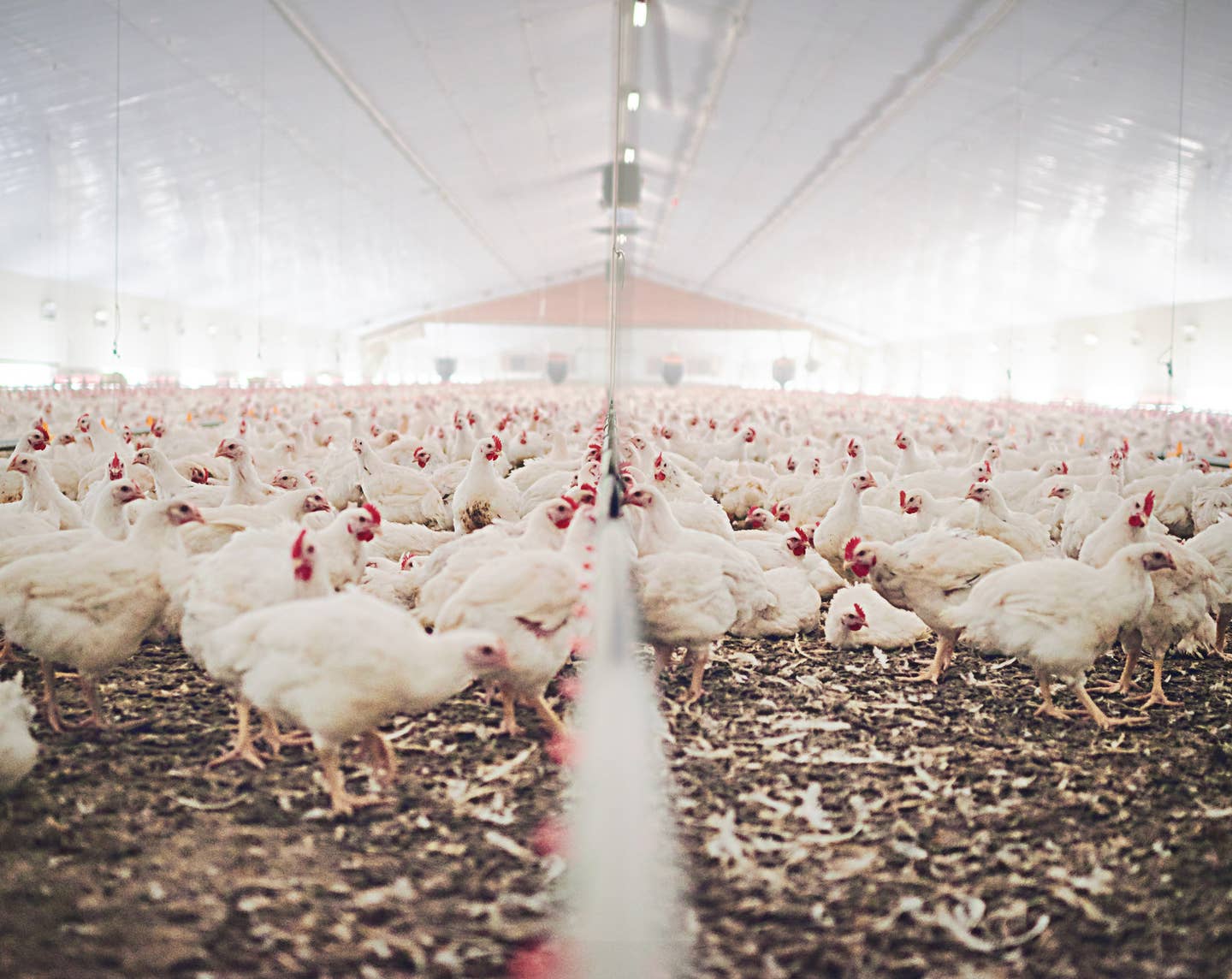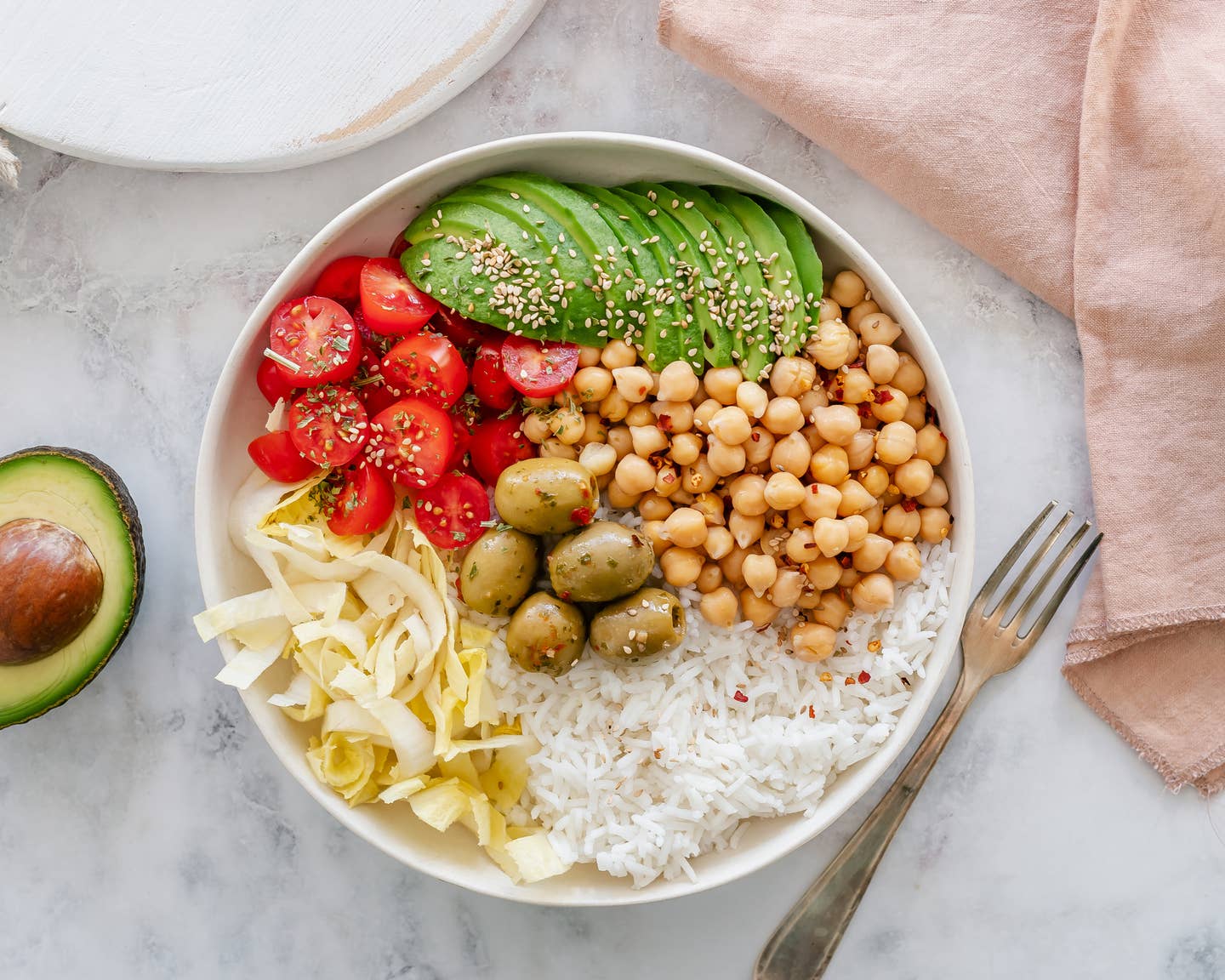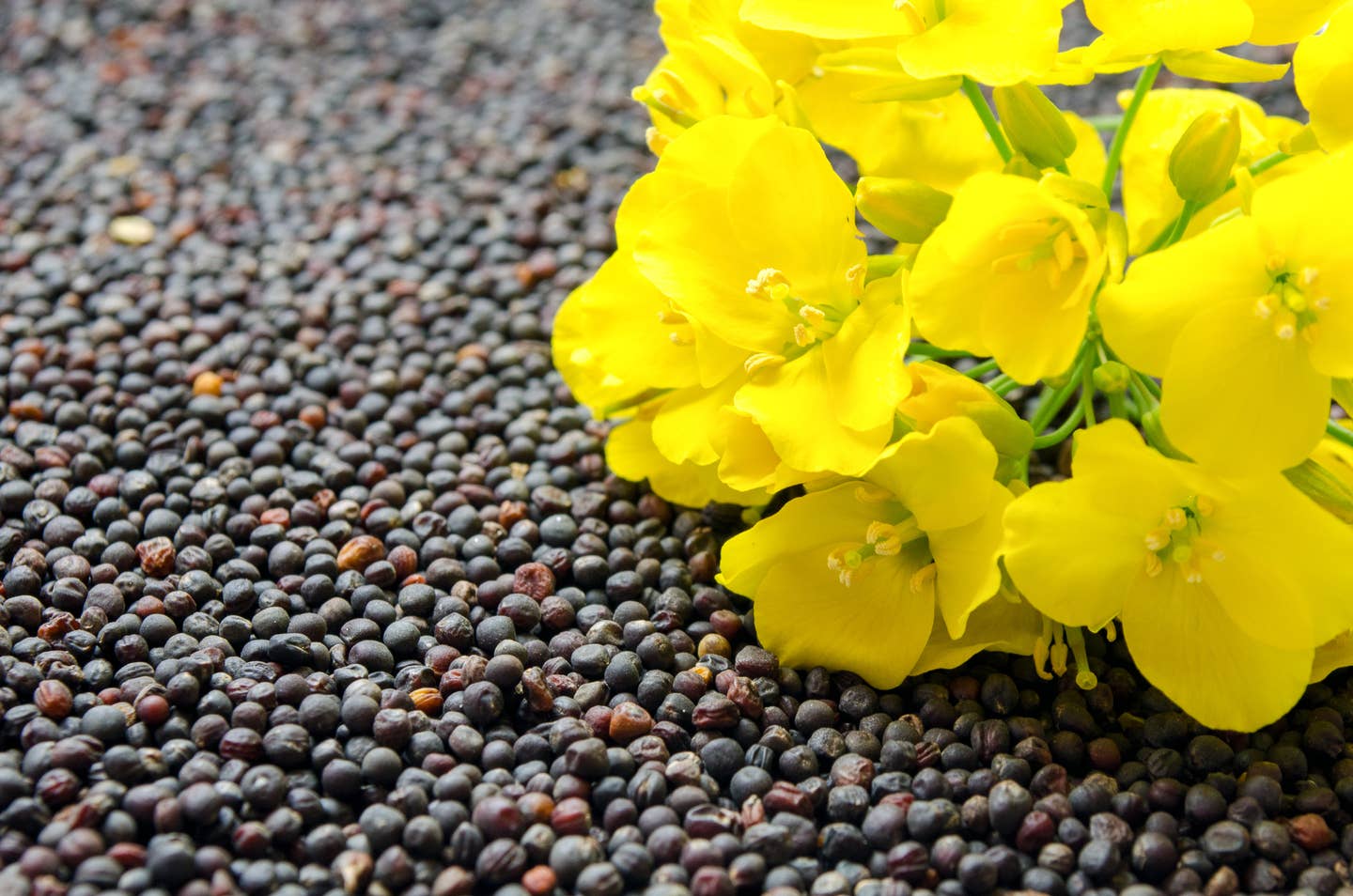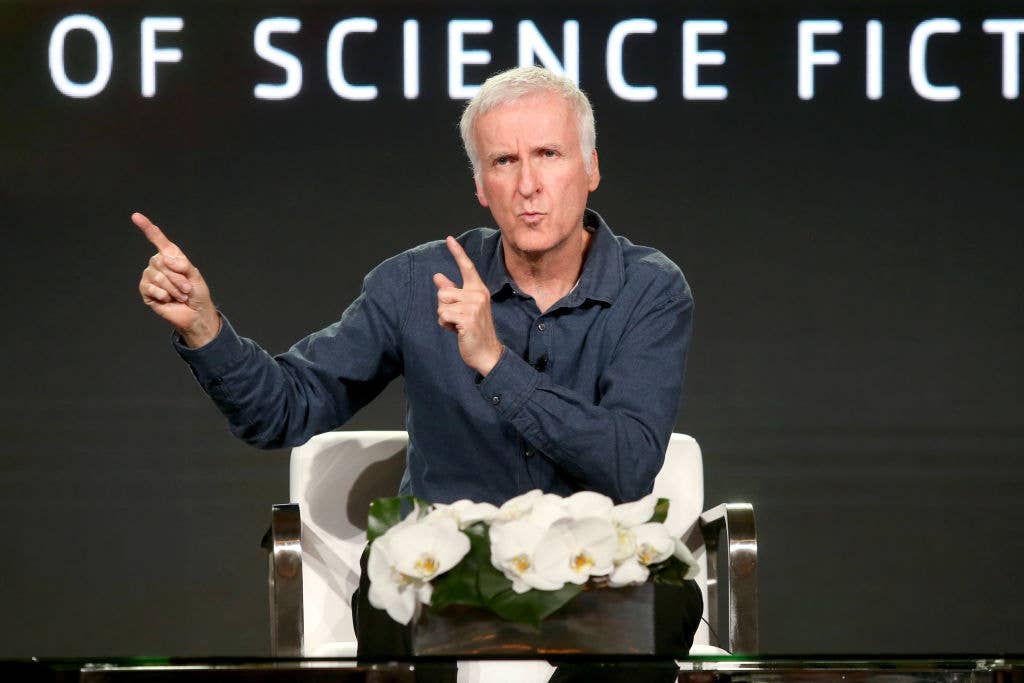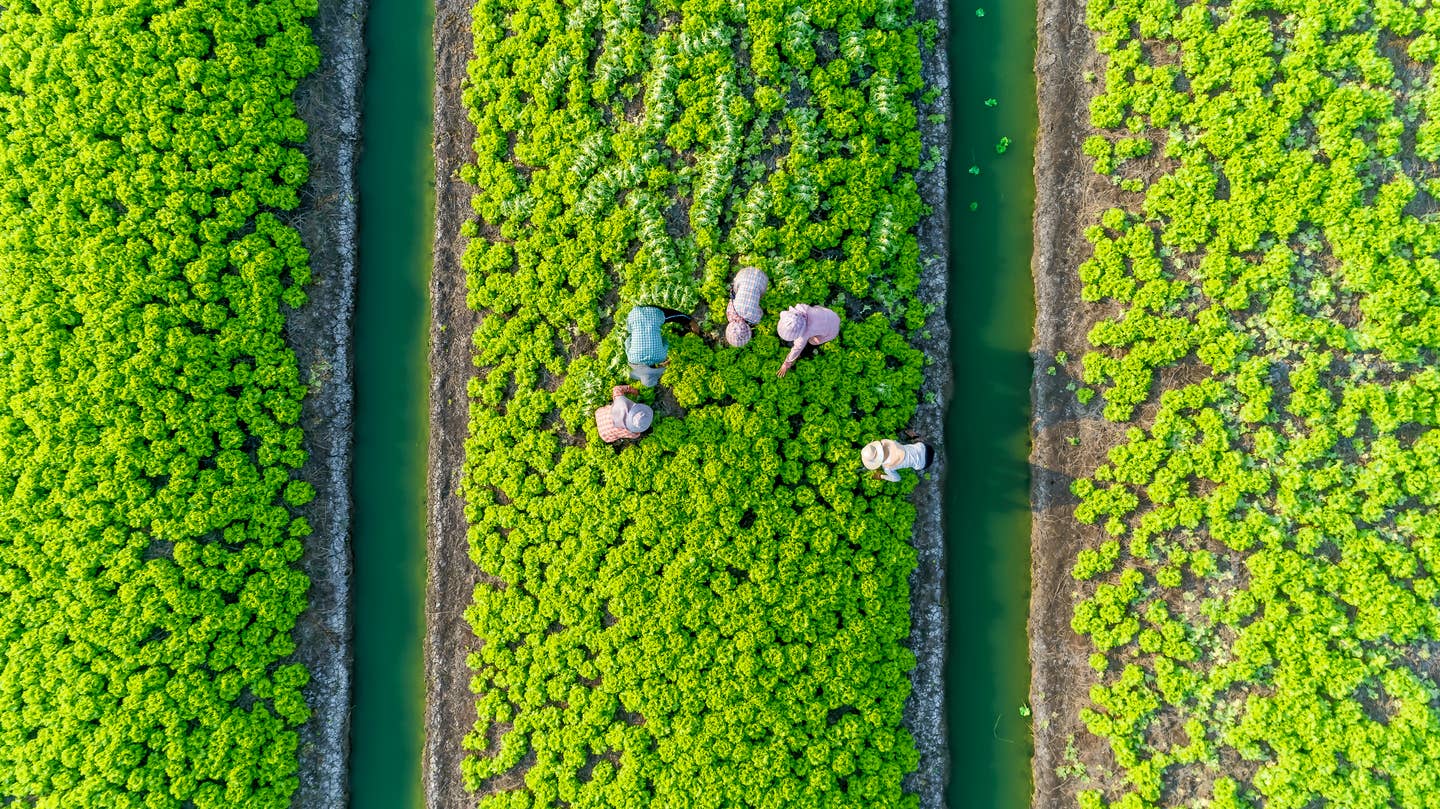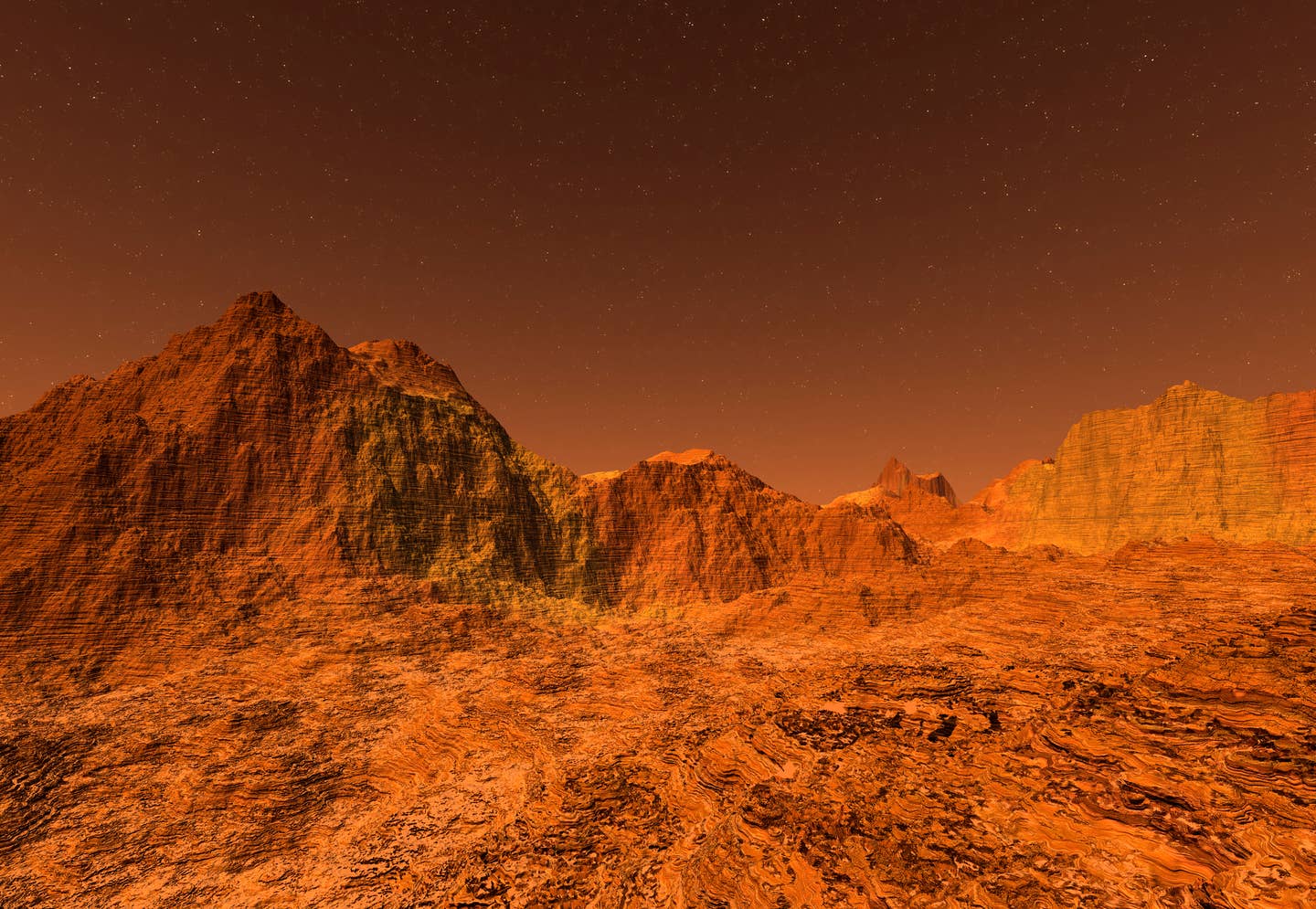
Can You Grow Chickpeas on Mars? Plants Are Launching Into Space to Find Out
As the Shuttle lifts off Saturday with its first-ever crop of chickpea plants, we may be thinking: Why don’t we do everything we can to save this planet, rather than worry about whether it’s possible to grow chickpeas in space? To live more sustainably, here on Earth, skip the ham sandwich and instead grab a tub of hummus and veggies.
If we want to elongate life on our planet, switch out the animal protein for plant protein like legumes, and chickpeas make a great snack and salad staple.
For the sake of learning more about food systems on this planet, scientists and astronauts are sending chickpea plants into space as researchers are hoping to find out more about how to grow plants more efficiently here on Earth. Space gives us a unique opportunity to do that.
Space teaches us about how to grow on Earth
"As climate change continues and Earth's population increases we will need to find a way to grow more using fewer resources. Plant control is a promising way forward. By controlling the plants we can tell them to grow faster or slower depending on the demand and available resources," says lead researcher on project Space Hummus Yonatan Winetraub, an instructor at Stanford University who holds a Ph.D. in biophysics.
"Space amplifies these issues, as we have very few resources available to grow plants in orbit. If we can grow plants on the moon, we can definitely help world hunger."
A mini greenhouse is ready for blastoff: Yonatan Winetraub (below) holds a mini greenhouse that is heading to the International Space Station where astronauts will grow chickpeas in zero-gravity in what's been dubbed, Project "Space Hummus."
Chickpeas head to The International Space Sation
Chickpeas going to space is a new frontier. Think of the idea of eating hummus on your moonwalk.
When Don't Look Up was the movie of the month, everyone was trying to talk about the ending without giving it away. Spoiler alert: A small group makes it to Mars and finds a veritable garden of Eden. They intend to "start over" there, with new plants and species.
In reality, there is little life on Mars, and it’s hard to fathom growing anything, so this week, a group of scientists will send chickpeas into space on the shuttle, on the cargo mission bound for the International Space Station. The question they are seeking to answer: Can you grow chickpeas, and other essential plant-based foods and proteins, without Mother Nature's own sunshine, earth, and atmosphere?
And if any of us live long enough to visit Mars, what will be on the menu, other than astronaut food? And once that runs out, will it be possible to grow, say, a garden salad, or crudites with a side of hummus?
Vegetables in Space
This is not the first time that vegetables and plants have been attempted to be grown in outer space, or for that matter in simulations of lunar and Martian soil. For one thing, Matt Damon did a pretty amazing job of fictionally growing potatoes from spuds while stranded in his Mars module in the movie, The Martian, keeping himself alive for months by eating the offspring crops of 12 potatoes, until he could fix his spaceship and get back to Earth.
Harvesting on Mars is grounded in reality
The first known plants to be grown in Martian soil were simulations, from rocks harvested in the Mojave Desert. (In the movie, Matt Damon uses soil made from his own feces.) In reality, neither desert soil nor self-fertilized soil will be used.
Then in 2014, German astronauts grew lettuce and a few other salad crops in highly controlled environments in space, watered by purified urine, which it turns out is a nifty way to re-introduce nitrates to the soil.
These chickpeas are being grown in a nutrition gel specifically designed for chickpeas. There is confidence among the scientific community that the plants will grow, based on light and soil, moisture, and oxygen in their controlled environment. But in a zero-gravity environment, will the plants grow up to the light? Gravity plays a role in the growth of vegetables. (That is why fiber exists, to help the plants “stand” and reach for the light.)
The other important question is will it act the same way without gravity? The other question the researchers want to answer is: How do you control the growth of the plants once they get them going since you want to make sure they don't use up all your oxygen or resources once they take hold. So what happens if it is too successful? Can you shut it off?
“Success is affirming that chickpeas can be a viable product grown on Mars or in space, that can be started and stopped at will by scientists and future generations of hummus lovers,” said a spokesperson close to the project. “The goal is to maximize productivity and allow efficient management of resources on future space colonies on the moon and Mars.”
Sabra, the hummus company is as excited as any chickpea lover that this is happening. If you are as amped as they are, you can get in on the action by trying to win a limited-edition T-shirt that they are giving away – co-created with @haveanicedayy_. So, if you want to win one, and celebrate your love of hummus, chickpeas on Mars, and the epic occasion, head to their social posts to find out how to enter for your chance to win.
Vegetables grow in space
So far, scientists have grown nine vegetables in a simulated Martian or lunar soil: Tomatoes, radishes, peas, garden cress, rocket (greens), radishes, rye, quinoa, chives, and leeks. More importantly, the seeds from some of these plants were able to produce new crops, vital to sustaining life on our planet. The only chance humans have of sustainable living is to figure out how to grow generations of food, long after what they bring in their spaceships run out.
Supper on Mars
A recent story in the Daily Mail quotes a study that found nine vegetables can successfully grow on Mars Scientists found nine vegetables that can successfully grow on Mars including quinoa, radishes, and tomatoes. Some of the seeds from the crops can be used to grow a new generation of crops.
Back in 2016, Wieger Wamelink, a plant ecologist based at Wageningen University, hosted a meal at the New World Hotel in the Netherlands, treating his 50 guests to a dinner of foods that had been grown in a simulation of the Mars atmosphere. The dishes included pea puree appetizers, potato and nettle soup with rye bread, and radish foam, followed by a carrot sorbet. If these foods can be grown on Mars, then certainly the mighty chickpea can too.
Fast forward to the latest initiative, called the "Red Thumbs" project at Villanova University in Pennsylvania, where researchers have now added tomatoes, garlic, spinach, basil, kale, lettuce, rocket, onion, and radishes, according to Science Focus. As with every crop, there have been ups and downs, but kale turned out to grow better on the simulated Martian soil than it does on regular soil. The biggest excitement surrounding the success of barley and hops, since the students hoped to be able to grow Martian beer!
Other crops struggled, such as the much-needed and calorie-dense potatoes. It turns out potatoes prefer more loose, uncompacted soil and failed to grow as the simulant soils became heavy and impenetrable when watered, which led to the potatoes being choked out.
Your Space Age Recipe
This Out-of-This World hummus recipe is for your guests as your watch the shuttle take off on Saturday, with the precious cargo of baby chickpea plants on board. Make it any day.
Charred Tomato Hummus on Flatbread
Ingredients
- 1 Vegan Flatbread or Naan
- 1/2 cup Sabra Classic Hummus
- 1 pint of rainbow cherry tomatoes
- 1/4 cup chermoula
- 2 Tbsp. toasted pine nuts
Directions
- 1. Brush and oil grill thoroughly before heating. Preheat grill on medium heat for 10 minutes or if the grill is already on, place on medium heat.
- 2. Place flatbread or naan on a heated grill and grill on both sides.
- 3. Slice half of the pint of tomatoes into halves.
- 4. Marinate the remaining whole tomatoes in olive oil and salt. Place on grill for 6-8 minutes.
- 5. Spread Sabra® Classic Hummus on grilled flatbread or naan, leaving a 1/2 inch border around the edge.
- 6. Place grilled tomatoes and halved tomatoes on flatbread or naan.
- 7. Drizzle flatbread or naan with chermoula and garnish with toasted pine nuts
- 8. Cut flatbread and serve.
More From The Beet
